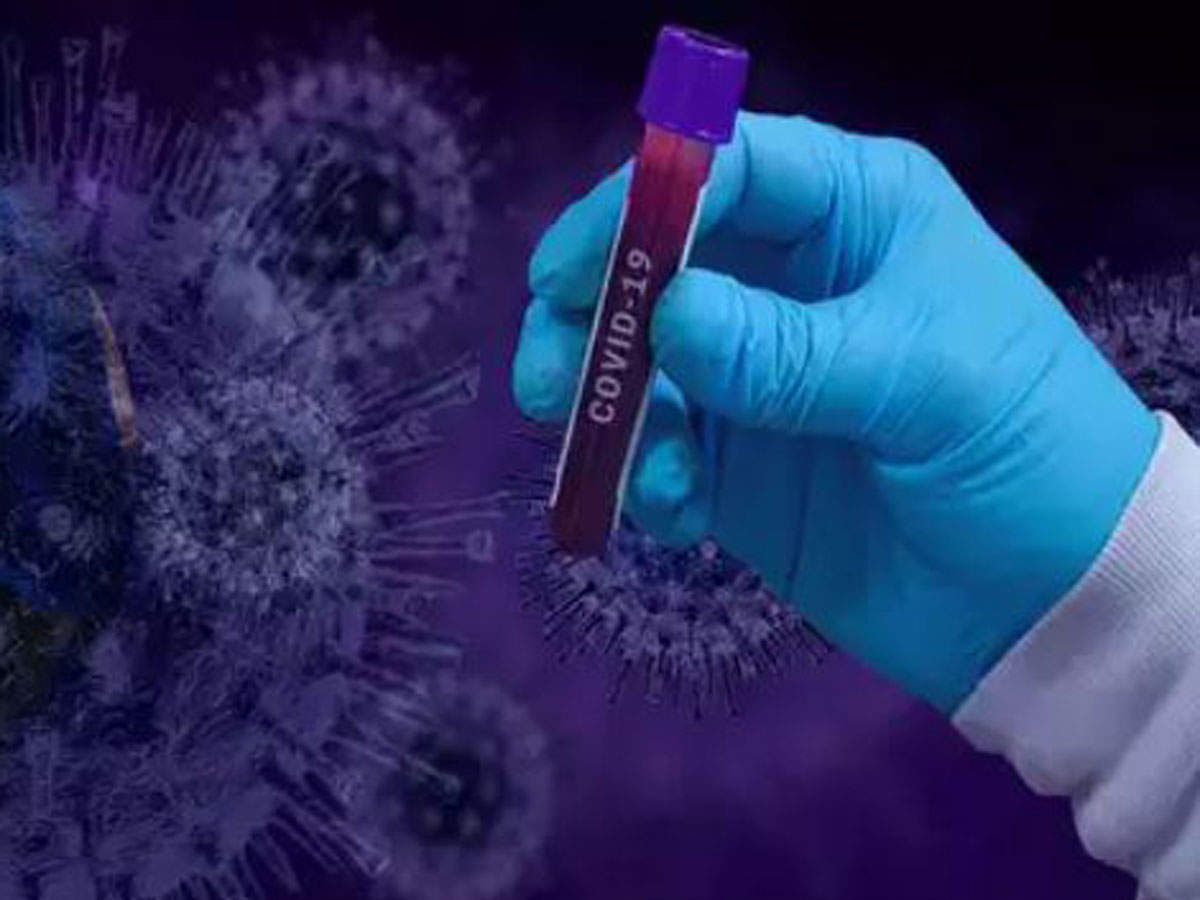
In the second comparative survey, the civic body collected blood samples from 5,840 people in the same three civic districts as the first serosurvey. The study was conducted in slums and non-slums in the second half of August 2020. Of a total of 5,840 target samples, 5,384 participants [92%] they were recruited from the general population. A total of 728 healthcare workers were recruited for the study combined both rounds.
The civic body, along with NITI-Aayog and the Tata Institute for Fundamental Research (TIFR), conducted the first serosurvey in July of 6,936 people living in the three districts: M-West, F-North and R-North. . Participants were recruited after voluntary informed consent. Anti-SARS-CoV2 IgG antibodies were detected by Abbott’s chemiluminescence assay (CLIA) with specificity (100%) and sensitivity (92%). In the second round, the sample size was decided considering statistically the results of the first round and the population size of each ward.
As a large cross-sectional survey in India, this study aimed to estimate seroprevalence in the population based on a random sampling methodology of the general population (slums and non-slums) and health workers at two time points to infer the epidemic. spread.
The sampling included people who may have been symptomatic and recovered or asymptomatic, without distinction and excluded those who were in institutionalized quarantine facilities (i.e., during the study period). No samples were conducted in active containment areas (ie, during the study period). About 1-2% of the samples belonged to people who had participated in both rounds.
The key findings from the study of the general population in slum and non-slum areas of
1. First round of estimated seroprevalence of 57% in
2. The second round estimates around 45% prevalence in slums and 18% seroprevalence in non-slums, on average, in the three neighborhoods studied.
3. Although the seroprevalence in women was marginally higher than in men in both rounds, the prevalence by age was comparable in the first round at all ages. However, in the second round, the seroprevalence in the age group above 40 was slightly higher.
The seroprevalence among health workers in both rounds was approx. 27% (on average) in 4 categories of workplaces viz. Health posts, dispensaries, health clinics and program field staff.
Interpretations
1. Seropositivity of the second round, together with the current no. of the reported cases from slum areas in these neighborhoods, indicates that there could be a reduction in the spread of infection in the slum areas.
2. The marginal increase in seropositivity in areas that are not slums correlates with an increase in cases reported in August in areas that are not slums.
3. The seroprevalence observed among health workers working in slum areas was lower than the seroprevalence in slum populations could be due to appropriate Corona behavior, which includes wearing masks and following hand hygiene.
4. Emerging scientific evidence suggests a drop in antibody levels in recovered / asymptomatic patients over a period of time and could have contributed to the trend between two rounds of testing.
This study provides information on the spread of the infection in the population. The ongoing study / analysis will provide information on (a) the presence of neutralizing antibodies; (b) risk factors for SARS-CoV2 infection.
Regardless of prevalence, appropriate Corona behavior such as social distancing measures, wearing of masks and hand disinfection are recommended to slow the spread of infection and protect vulnerable populations, the civic body said.
.